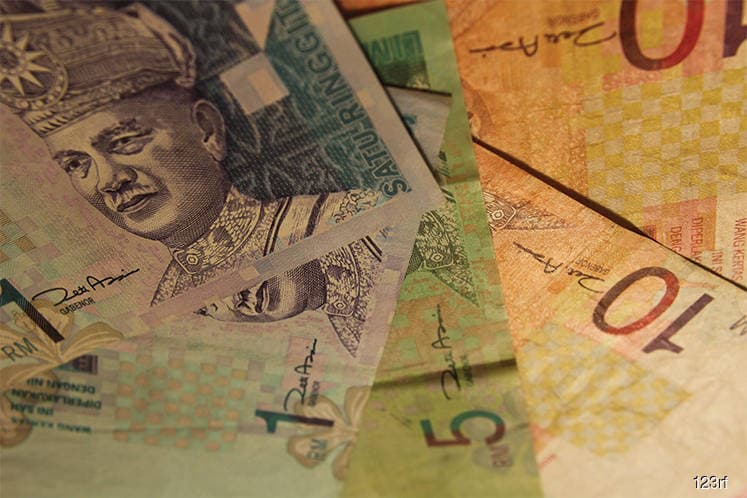
KUALA LUMPUR (Aug 20): Malaysian Rating Corp Bhd (MARC) is of the view that the downside of the ringgit would be capped by strong economic fundamentals in the medium term.
"The fact that the ringgit remains below one-standard deviation (SD) from its long-term mean also suggests that its downside could be limited.
"We believe that, aside from external factors, internal factors that determine the ringgit's trajectory against the greenback would include the government's medium-term deficit, debt reduction plans and economic growth trajectory," the rating agency said in a report on "Capital Flows, Renminbi and the Ringgit Trend" released today.
Since the ringgit's appreciation peaked at RM3.86 in February, MARC observed that the local currency has depreciated to a recent low of RM4.08 against the US dollar, which represents a 5% depreciation from this year's high.
"The ringgit has also weakened in tandem with the value of the renmibi against the US dollar," it added, noting that the RMB-US dollar exchange rate recorded a strong correlation over the period between 2013 and the first half of 2018.
At midday today, the ringgit was traded at RM4.10 against the US dollar.
According to MARC, a further decline in net foreign holdings of Malaysian bonds and a continuing weakness in the RMB-US dollar exchange rate could exert some downward pressure on the ringgit.
"It is noteworthy that statistics in the past two years show that a 1% drop in the renmibi against the greenback is associated with a roughly 1.3% decline in MYR-USD exchange rate," it added.
At the same time, MARC said the ringgit is also affected by the current negative sentiment, while the net capital outflow of RM16.9 billion from the Malaysian bond market in the first seven months of 2018 "has not helped matters".
"This is despite the positive net inflow recorded in July, its first in the past four months," it added.
Explaining the capital outflows, MARC believes the occurrence was predominantly because of external factors such as the strengthening of the US dollar against global currencies, with the US dollar index strengthened by 6% during the period.
"In fact, Malaysia's real effective exchange rate — the exchange rate against trading partners adjusted to inflation — barely changed," it added.
Since the last 10 years, MARC said there were three episodes of significant capital outflows in the Malaysian bond market: the 2008-2009 global financial crisis, the "Taper Tantrum" in May 2013, and post-2016 US election that is dubbed as "Trump Rhetoric".
"During these periods, foreign investors' holdings of Malaysian bonds — both government and corporate bonds — declined between RM25 billion and RM84 billion," it said.
"Capital outflows had also led to a weaker ringgit against the greenback during these periods by 6% to 13%," it added.
Going forward, MARC cautioned that there is an increasing concern that the fall of the Turkish lira, Indian rupee, Indonesian rupiah and renminbi, which is dropping to cyclical and new lows, could turn out to be contagious to other emerging markets currencies.
"A sudden turnaround in the global macro backdrop, underpinned by escalating trade wars, rising geopolitical risks, increasing interest rates in the US and greater uncertainties over the prospects of China's economy is slowly changing the trend of capital flows across the globe," it added.